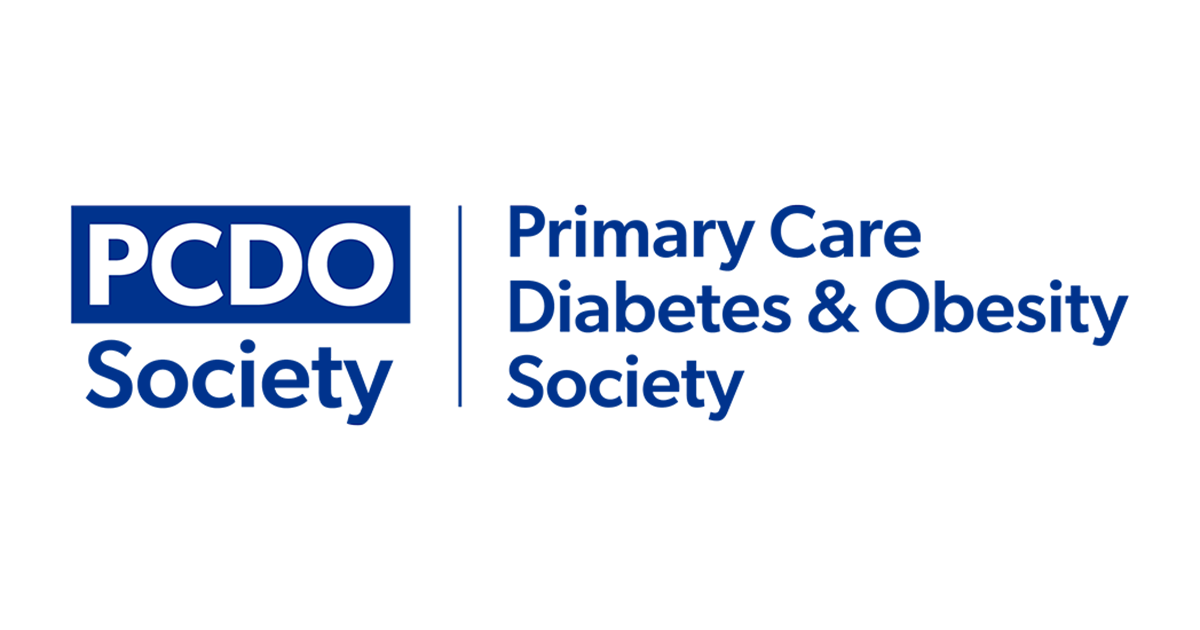Since 1996 there has been a 40% reduction in cardiovascular death in people under 75 years of age (DoH, 2008), and much of this is thought to be due to the impact of the National Service Frameworks for CHD and diabetes (DoH, 2000; 2001, respectively) in identifying and treating risk factors such as hypertension, dyslipidaemia, hyperglycaemia and smoking.
There is still a long way to go in reducing the risk of those individuals whose excess cardiovascular risk we have already identified. In people with diabetes, for instance, we know that 70% will die from CVD, and the risk of this is 2–4 times greater than in people without diabetes (Ford, 2005). However, the risks are not evenly spread. In addition, if an individual is of South Asian origin, smokes or, indeed, is over 65 years of age, the risks are substantially greater – Framingham data indicate that the risks are not additive but multiplicative (Rodrigues-Manas et al, 2005).
We already tend to treat much more aggressively than we used to, particularly with aspirin and statin therapy in people with diabetes who have established CVD, but perhaps we are deluding ourselves. The prevalence of silent myocardial ischaemia in asymptomatic individuals with long duration of diabetes (over 5 years) is 22% (Inzucchi et al, 2004) and even in those newly diagnosed with the condition, it is 15% (Fornengio et al, 2006).
But, most younger and middle-aged people with diabetes do not have evidence of vascular disease, although they are still at significant cardiovascular risk. The evidence base here is thin and there is continued uncertainty about who should and who should not receive a treatment that is standard in anyone with established vascular disease. Surveys from around the world indicate that, in general, less than 25% of people with diabetes and no vascular disease regularly take aspirin or a statin (Mehta et al, 2006; Sicras-Mainer et al, 2007).
However, most CV events (heart attacks and strokes) occur in people who do not have diabetes and who have not had a previous vascular event (Allender et al, 2007) – so the focus seems to be switching from treatment to prevention. Both the UK Prime Minister and the Secretary of State are highly supportive of the new DoH idea to screen everyone from 40–74 years of age in England every 5 years (DoH, 2008). This initative is based on a modelling exercise by the vascular programme of the DoH (DoH, 2008), which looked not just at the prevalence of risk factors in the population, but at the well-recognised, but poorly addressed, issue of increased CVD mortality in those at the bottom of the socioeconomic pile.
In my opinion, the main criticisms of this exercise are not that it is not justified (it could prevent almost 10000 vascular events a year and 2000 deaths – DoH, 2008) or that it is not cost effective (it comes in below the NICE threshold of £20 000 per QALY – DoH, 2008) but that is hasn’t been adequately resourced at a time of record numbers of people newly diagnosed with diabetes and ever more challenging QOF targets. The programme is predicted to detect 25 000 cases of diabetes or kidney disease (about 5 for a 5000 patient practice; DoH, 2008) but the screening work would take up another 25 hours a week for the same size practice, not including any other work generated – such as lifestyle advice, glucose tolerance tests, prescribing and monitoring.
Is it really sensible to raise expectations in the population and then fail to meet them? Or should we do much more targeted case-finding with the information primary care already has? It could be argued, rather like the warnings on cigarette packets, that most people know how to prevent CVD and that food labelling, exercise access and taxation policy are the best ways to address this important issue rather than engendering passivity by dumping the problem at the door of primary care.
In the following article, vascular surgeon Stella Vig gives her perspective of vascular screening from the sharp end.





Seeing rising numbers of people with private prescriptions for injectable weight loss drugs, Jane Diggle discusses how to maximise their benefits.
3 Mar 2025